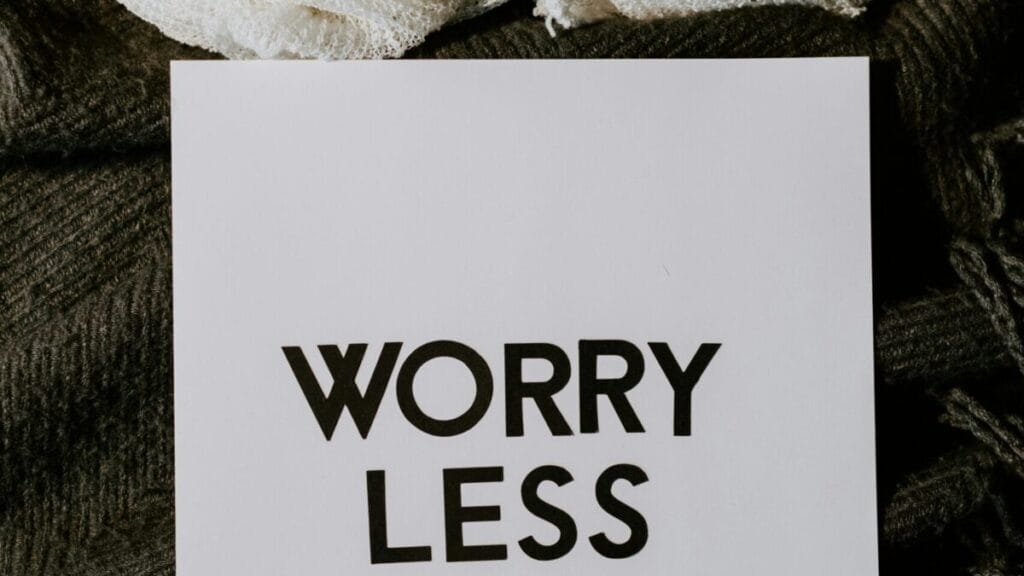Why mindfulness meditation?
Emma Thompson, a 28-year-old graphic designer, never imagined she’d be the type to sit cross-legged and “watch her breath.” Her life was a whirlwind of deadlines, endless Slack notifications, and late-night Netflix binges to “unwind.” But after months of burnout, a single Instagram post stopped her mid-scroll: “Mindfulness isn’t about escaping life. It’s about showing up for it.” Intrigued, she decided to give meditation a try—even if it felt a little woo-woo. Emma’s debut session was… chaotic. She Googled “how to meditate,” set a timer for 10 minutes, and perched on a cushion. Within seconds, her mind raced: Did I reply to that client? Why is my knee itchy? Is this even working? Frustrated, she quit after 3 minutes. “I’m terrible at this,” she groaned. But a voice in her head nudged her: What if you’re not supposed to be “good” at it?
Emma joined a free Zoom class led by a mindfulness coach named Mira. “Your breath is an anchor,” Mira explained. “When thoughts pull you away, gently return to it—no judgment.” Emma learned the power of labeling thoughts (”planning,” “worrying”) and letting them drift by like clouds. She started small: 5 minutes daily, using apps like Headspace. Progress was slow, but one morning, something shifted. During a stressful commute, she caught herself clenching the steering wheel—and breathed. The traffic didn’t vanish, but her reaction to it did.
Over weeks, Emma discovered:
- Body Scans: Tuning into tension in her shoulders taught her to release stress before it snowballed.
- Mindful Eating: Savoring her morning coffee (no phone in hand!) became a tiny daily joy.
- The “Pause Button”: When her boss criticized a project, she paused, breathed, and responded calmly instead of spiraling.
Not every day was zen. During a family argument, Emma stormed out, thinking, “Meditation isn’t fixing this!” Mira reminded her: “Mindfulness isn’t a magic eraser. It’s a flashlight—it helps you see clearly, even in the dark.” Emma realized she wasn’t failing; she was learning to stay instead of flee.
Six months in, Emma’s life isn’t perfect. But she’s different. She notices sunlight filtering through her window. She laughs when her mind wanders mid-meditation. Most importantly, she’s kinder to herself. “It’s not about emptying my mind,” she says. “It’s about making space—for peace, for joy, even for the mess.”
Do you know about b. longum benefits
Emma’s advice to fellow beginners?
- Start tiny: Even 2 minutes counts.
- Embrace the wobble: Distractions are part of the process.
- Celebrate micro-moments: A single mindful breath is a victory.
Mindfulness didn’t give Emma a new life—it gave her a new relationship with the one she has. And as she’ll tell you with a grin: “That’s everything.”

Mindfulness Meditation
The present world offers many distractions while stress remains high, so many people look for successful methods to achieve inner peace. Mindfulness meditation has become a powerful technique that people frequently use today. Ancient traditions created this practice, guiding people toward enhanced awareness, emotional strength, and inner peace. Starting this practice often appears challenging to beginners, though that challenge can lead to life-changing experiences if they remain patient during their learning phase.
Understanding Mindfulness Meditation
Mindfulness meditation helps people maintain awareness throughout each present moment without creating evaluations or judgments. Mindfulness meditation teaches people to monitor their mental and emotional processes alongside physical body signals, which aids their awareness of self. Mindfulness differs from other meditation methods since it stresses watchfulness and non-judgmental observation.
The essential goal of mindfulness meditation involves developing an awareness that observes the present moment without any reactive response. The practice of mindfulness requires a person to experience all mental and physical events without attempting to modify or evaluate them. The practice aids people in forming a healthier connection with their mind and emotions while simultaneously decreasing their anxiety levels and supporting their emotional wellness.
The Benefits of Mindfulness Meditation
The practice of mindfulness meditation delivers various advantages, most notably for those who have just started their practice. Here are some key advantages:
1. Scientists have established through research that mindfulness meditation techniques help effectively decrease stress levels. Present-moment awareness enables people to stop circular thinking about their worries, which results in mental calmness.
2. People who practice regularly develop better attention and enhanced concentration abilities. Increased ability to manage daily distractions becomes possible when practitioners develop their present-moment attention.
3. The practice of mindfulness helps people identify their emotions through heightened awareness, which enables them to handle emotions more effectively. The practice of mindfulness enables people to develop stronger emotional strength, which makes them better equipped to handle difficulties.
4. People who practice mindfulness receive deeper knowledge about their mental operations along with their behavioral patterns. The ability to recognize oneself develops self-improvement and deep knowledge of personal identity.
Read our post for best hypoallergenic Indoor plants
5. Mindfulness techniques help people develop stronger relationships because they develop both self-compassion and empathy toward themselves and others. The practice enables healthier relationships because it helps people stay focused on their communication with others.
Getting Started with Mindfulness Meditation
The practice of mindfulness meditation serves as an approach that novice practitioners can initiate regardless of their skill level. The following procedure will support your mindfulness journey:
1. Find a Quiet Space
Select a spot that combines comfort with quietness so you can sit distraction-free. You can select any peaceful spot, such as a corner in your home, a park, or other peaceful locations that provide serenity.
2. Set a Time Limit
When starting mindfulness meditation, beginners should begin with sessions that limit their duration. Begin your practice with sessions lasting between five to ten minutes before you extend the time as you develop mastery of mindfulness.
3. Get Comfortable
You should select a relaxed seated position, such as a chair, the floor, or a cushion. Let your upper body remain straight, but maintain muscle control while placing your hands on your knees or resting them in your lap.
4. Focus on Your Breath
Close your eyes carefully, and then concentrate on your respiration. Pay attention to the way air passes through your nostrils, as well as the movement of your chest. When your mind diverts itself, simply bring your awareness gently back to breathing without feeling any self-criticism.
5. Observe Your Thoughts
During your meditation practice, thoughts will naturally appear to your mind. Note the passing thoughts as you would note clouds moving through the sky instead of reacting to them or attempting to stop them. Keep your awareness on your breathing activity after acknowledging their presence.
6. Practice Regularly
You must maintain stability when practicing mindfulness meditation. Perform your meditation sessions every day, even if the sessions only last for a brief amount of time. The gradual effects of your practice will eventually emerge after continued practice.
See video below.
Overcoming Challenges
Novice practitioners generally face difficulties when their mind wanders while experiencing discomfort and impatience. You should handle these obstacles through both compassion and empathy. Your practice serves as a normal process, even though mental distraction may occasionally occur. Returning focus during each practice session develops the strength of your mindfulness abilities.
Conclusion
The practice of mindfulness meditation produces an interior peaceful change for those who are just beginning their meditation journey. The development of awareness, together with acceptance, enables people to handle life’s challenges with improved resilience. During your practice, remember to use patience as well as continuous practice. The practice of mindfulness should be met with acceptance during each moment on your cushion as it leads you toward a tranquil and more satisfying life.
Read Mental Health Articles, click here.




